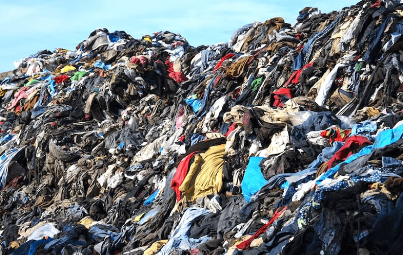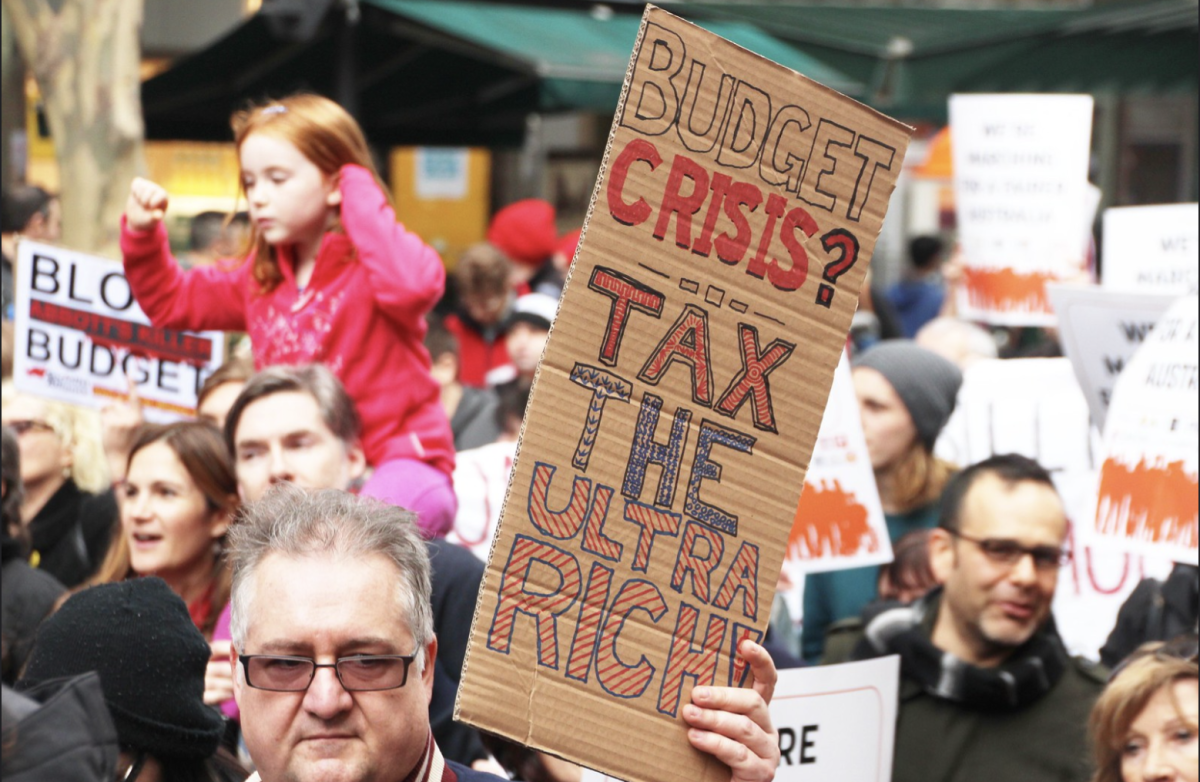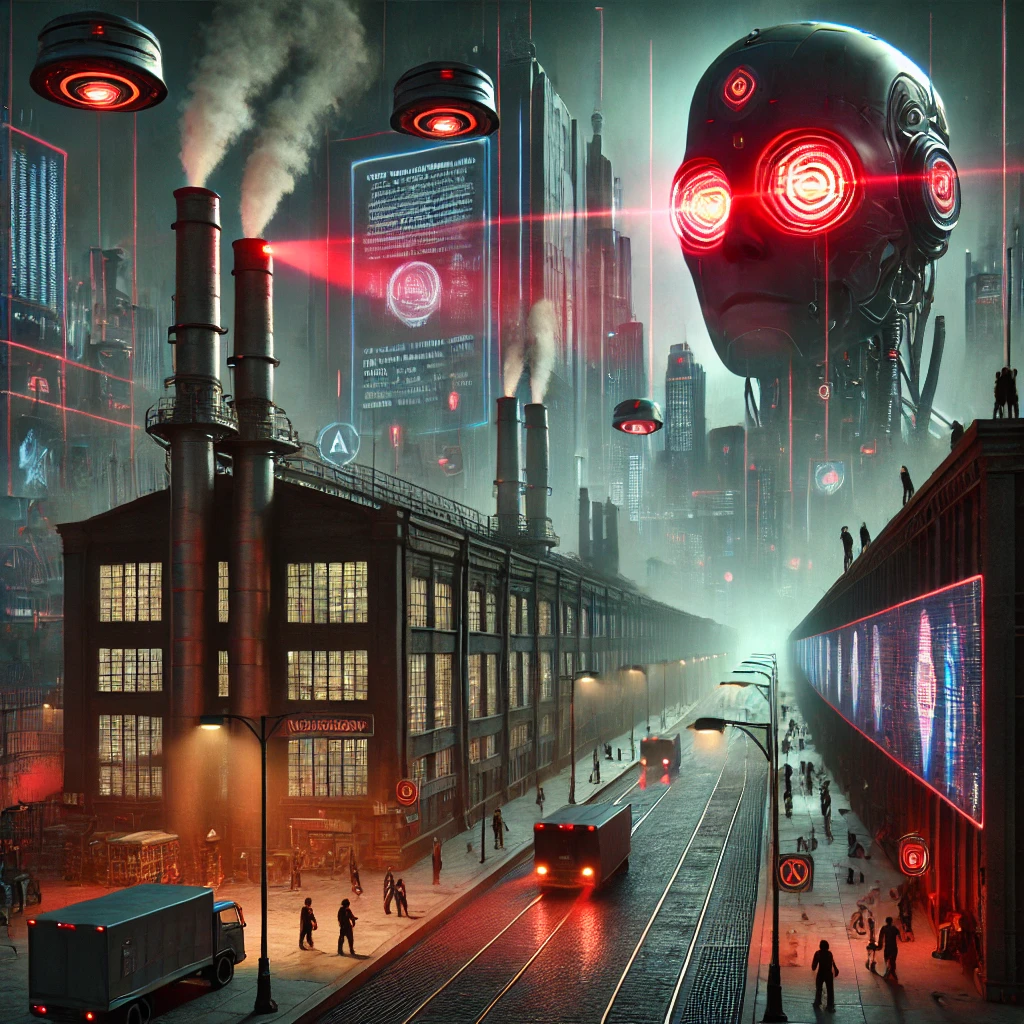
Spring has sprung and the weather has begun to change — which means, for many people, a change in closet and clothing. Many companies are beginning to change what clothing they sell as the seasons begin to shift. The question lies in where you are buying your clothes.
When it comes to fast fashion, there are two categories. The first is one in which major companies like Walmart or Costco sell blank items (clothing items with no graphic on them) to increase profit with more options for customers to buy. The other category is more related to retail stores and producing bad quality clothing that is based on micro trends that are then sold for higher prices than the quality that they actually are. This is where the real problems and issues lie. Once these trends go out of style or don’t sell, the clothing ends up being sent to landfills, which then proceeds to ruin the environment further. It also doesn’t help how the trend cycle is continuous, with a constant flow of clothing that is becoming “out of trend.” Since consumerism is used so heavily, people are always wanting and buying new clothes.
Issues like the trend cycle and fashion have begun to ruin more than just the environment, there is also a problem with personal identities being lost because everyone wants to be in trend, so guys end up wearing the same baggy pants, and girls end up with the same top with bows on it. Self expression has begun to be depleted.
Fast fashion is defined as inexpensive clothing that is produced rapidly by the mass market in response to the latest trends. It is low quality and cheap clothing that is supposed to mimic the major brands, labels, popular styles, and independent designers in an attempt to push or keep up with the latest trends. Major companies encourage consumers to buy and discard clothing at alarming rates because of the cheap and disposable quality. What this has caused is an environmental crisis. Landfill is quickly filling up with millions of tons of clothing. That has devastating effects on the environment. Not only do most fast fashion places create environmental issues, most of the time, in order to maintain the low cost, they use cheap labor factors, with poor working conditions and low wages. All of this is in hopes for mass market stores like Shien, Forever 21, H&M and Zara, to create mass revenue turnover with new styles of clothing offering consumers more clothes to buy.

(Wikimedia Commons )
The environmental crisis is one that people can no longer avoid. The fashion industry has become the second biggest greenhouse gas polluter in the entire world through the production of clothes. It is second behind the oil industry, and it is responsible for 10% of annual global carbon emissions, according to Oxfam.
Not only does the fast fashion industry add to overall greenhouse admissions, but it is also one of the world’s biggest waste production industries. It has been found that 92 million tons of unwanted clothing find their way into landfills, out of the 100 billion tons that are produced each year. Along with social studies from DU/ER, it was found that most people within a year will dispose of their clothes, wearing them no more than 10 ten times. Since most fast fashion places need to produce at rapid rates, fashion factories produce toxic waste water that is left untreated, and it is dumped into local rivers, releasing toxins like lead and mercury which harms aquatic life.Typically, fashion production places use materials such as polyester, polyurethane, rayon, spandex and nylon that hold microplastics and microfibers that, once produced, get released into the ecosystem and into our drinking waters. According to the Business of Waste Management, around 92 million tons of textiles are put into the environment. Plastic fibers from disposed clothing enter and pollute oceans, waterways and food chains, while the fashion industry disposes of harmful chemical water waste that holds chemical dye in it.
One of the major driving factors of the fashion industry is the effects that trends have on people because everyone wants the clothing that is most in style and brands want to push consumerism. From trends, people no longer have a sense of personal style and wear whatever the most popular influencers wear. Trends are leading to the death of individualism.
Now, I admit that I have worn trendy items and bought them at places that have pushed fast fashion in the past, but I was easily able to fix my spending habit and put my money into second-hand clothes, thrift stores, and other ethical sources to avoid fast fashion. Now that thrifting has become more popular, the stigma behind wearing second-hand clothes has been entered into a better light — it is no longer seen as “dirty” or “low-quality.” Now people find it fashionable, and with one wash of the clothes, they are just as clean. People find unique thrifted pieces and create their own personal style while slowing and stopping their contribution to fast fashion. It is easy to be ethical in the ways you buy clothing. Thrift stores are often a great place to start, and they are a less expensive alternative as well.
To many people, fast fashion is not an extreme problem, and they do not think about the effects of spending their money in specific places. Next time you plan to spend your money on clothes, though, consider whether it is the best option for the environment.








